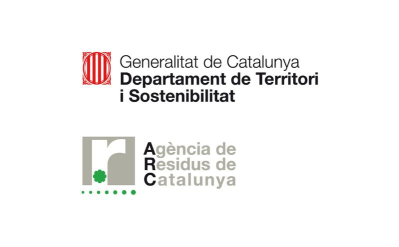News

OVAM | Calculating the cost of circular construction
From 2028, owners of large new buildings in Europe will need to calculate the full lifecycle CO₂ impact of their projects, with the requirement extending to all new buildings two years later. OVAM explored what this means for construction costs in a new study, analysing four building types: a house, an apartment building, a school, and an office. Costs and environmental impacts were compared in a standard Business-As-Usual scenario versus optimized material scenarios, with two building types further assessed using five sustainable design variants via the TOTEM tool, including compact design, timber-frame construction, and bio-based materials.
The study shows that even small interventions can make a significant difference. Optimising materials alone can reduce CO₂ emissions by up to 29%, though lifecycle costs may rise. Compact design proved both environmentally and financially beneficial, while bio-based materials such as wood and natural insulation significantly lower environmental impact, sometimes with added costs. Combining compact design with bio-based materials reduced environmental impact by 31% with limited additional cost. The findings demonstrate that smart design choices in the planning phase can build a circular future without unnecessary extra expenses.
Source: https://ovam.vlaanderen.be (in Dutch)












